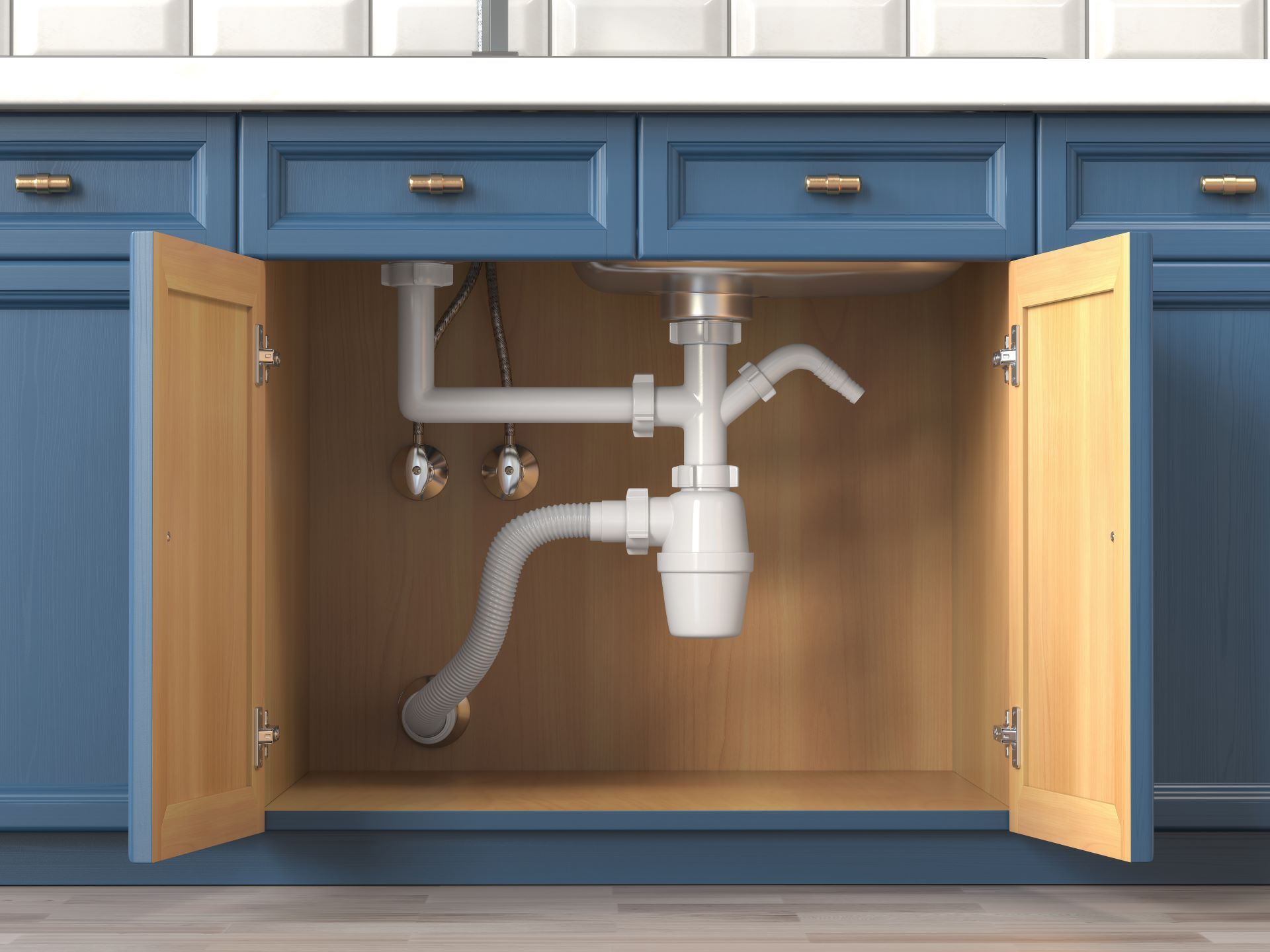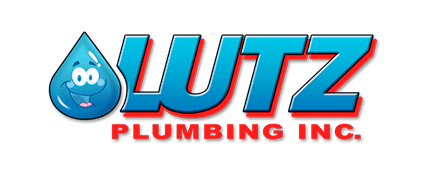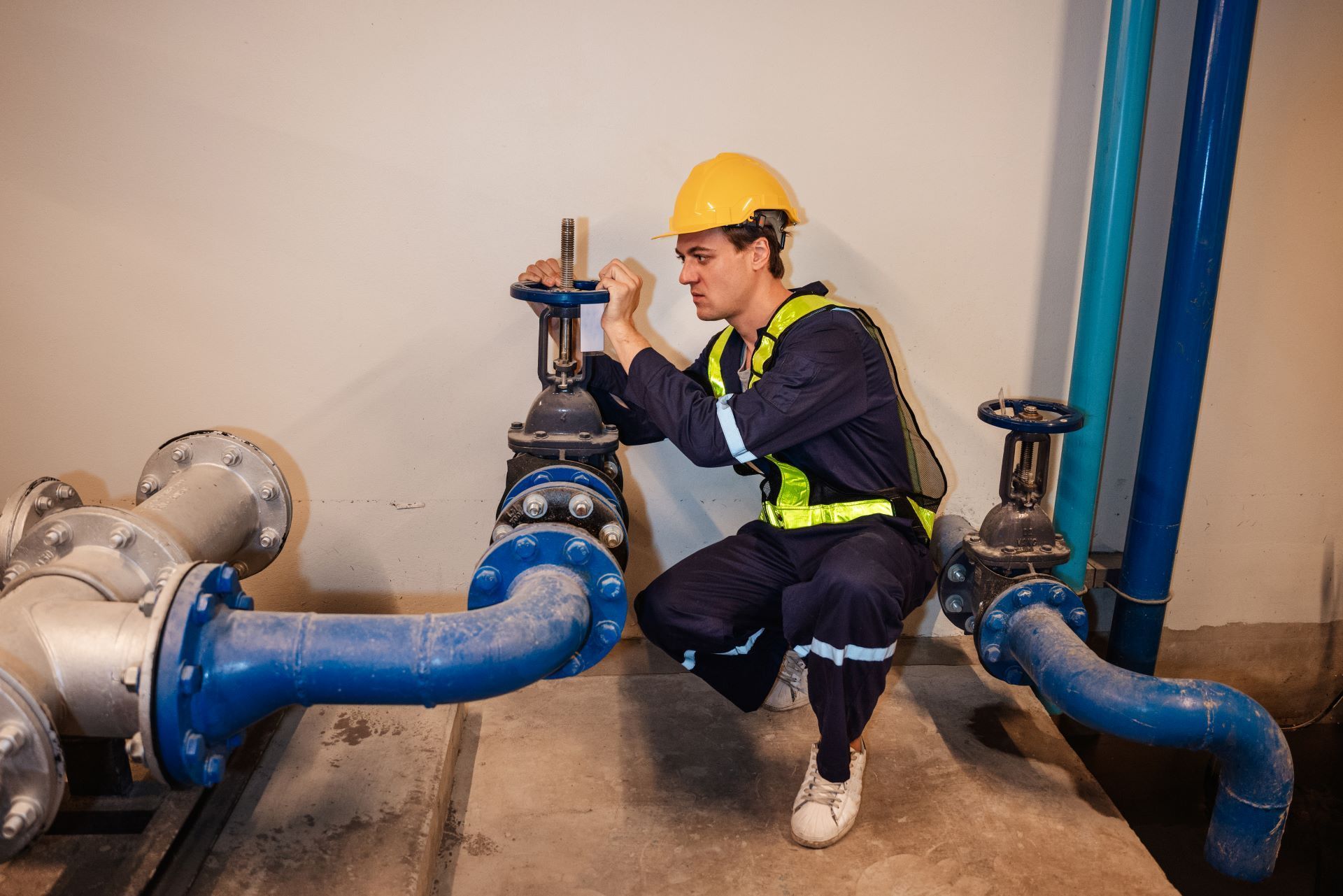Join the Lutz Loyalty Club and start saving today!
3 Ways Old Plumbing can Contaminate Your Home's Tap Water
Jun 24, 2021
Anyone who owns an older home knows there’s an endless list of things to fix. Some things break while you’re there, and some are just old and need to be replaced.
As the old phrase goes, out of sight is often out of mind. One thing hiding out of sight may not be on your to-do, but it should be. Your older home’s pipes are likely not up to scratch.
What does this mean? Well, the majority of Americans drink tap water regularly . This means that the water you drink, wash, and bathe in every day comes through your home’s pipes. If your pipes have problems, so will you.
What kinds of problems can pipes have or cause? Here are three ways your old home’s plumbing can be contaminating your tap water.
#1: Out-of-Date Materials
If your home was built before the 1980s, you need to have your pipes looked at ASAP. Before the 1980s, copper joined with lead was the common choice. Lead is, of course, toxic. Copper can begin leaching harmful chemicals as it begins aging, too. These chemicals can range from mostly harmless to carcinogenic.
“But my house has had regular maintenance!” That might be true, but the quality of that maintenance has likely varied over the years.
The problem with older homes like this is that there may not be good records. The plumbing industry has shifted rapidly over the past 100 years. Record-keeping has been shaky or almost non-existent at times, so it’s hard to be sure what kind of work has been done on your home.
#2: Breaks or Breaches
The older something is, the more likely it is to break. (As you well know!) The pipes in your home are connected to those of the whole street, then city, and so on until they connect to the main water treatment plant.
This means that whether old or new, pipes go through a lot. The water and pressure varies constantly, and of course there will always be backups.
When old pipes are faced with some kind of back-up or pressure change, they’re more susceptible to breaking. Those breaks can cause bursts, breaches, or leakage in your home or underground.
First off, this can cause property damage and panic. No one would like a clean flood, much less one of sewage. Besides the mess, breaks or breaches can
contaminate your water
by introducing harmful bacteria. If the break is smaller or connects to an under-used pipe, this can make the problem even worse.

#3: Bacteria and Mold Growth
Breaking pipes isn’t the only way harmful bacteria can be introduced into your water system. If your pipes are old, they may be harboring bacteria from previous plumbing issues. Old materials, weakening soldering, or even a tree root breaking through the pipe can also bring bacteria or mold into your home.
Again, when these things are in under-used sections of plumbing, they grow and spread. Eventually, this bacteria and mold growth can make its way into your drinking water or your home.
Depending on the problem, growths can cause health issues or property damage. If you’re in doubt about your plumbing health, it’s worth getting a check.
Keeping Your Water Clean
Old homes are endearing and important. The charm of an old home shouldn’t be ruined by something as small as bad plumbing. The good news is that, like anything else, it’s a problem that can be fixed.
If you don’t have recent records of your home’s pipes being replaced,
contact a professional
. Our friendly, expert plumbers can help with old pipes or any other issues that cause your water to appear dirty.
Share Post
Download the Lutz Plumbing App!
Schedule a Service
Membership Access
Access to Exclusive Offers
Manage Financing
... And More!
Free Safety Inspection
Free Extended Warranties
15% Discount
Free Priority Service
Member Only Specials
No Extra Charges for After Hour Service
Hundreds of Five-Star Reviews
Read why happy customers choose us over and over again.
When you have a
plumbing problem in the Kansas City area, you can rely on Lutz Plumbing to be have 24 hour response time. We are a local, family-owned business who shows up on time and ready to tackle your plumbing problems head on.
From leak detection to water heater service and installation, Lutz Plumbing gives you prompt, efficient and high quality plumbing services from knowledgeable technicians.
Read more about what hundreds of customers like you are saying about our five-star service, or call us today at
913-888-9500 and tell us about your problem today.

Dan
"We called at 6:30 on Sunday evening and Brent was at our door at 7:25 and was extremely professional and completed the work in a clean manner. We will be called Lutz Plumbing moving forward!"
Read All Reviews →
John K.
"The employees are always on time and very knowledgeable about the work to be completed. Very impressed, as always."
Read All Reviews →
Amanda
"I called 27 different plumbers at 11 at night, no one could come or they didn't answer. Brent called back 3 minutes later and came right out and fixed it right away. The price was less than other's day prices, so glad you are in business. I will always use Lutz plumbing from now on."
Read All Reviews →
Articles for Homeowners

Find Your Service Location
List of Services
-
Belton, MOBelton, MO
-
Blue Springs, MOBlue Springs, MO
-
Bonner Springs, KSBonner Springs, KS
-
De Soto, KSDe Soto, KS
-
Eudora, KSEudora, KS
-
Excelsior Springs, MOExcelsior Springs, MO
-
Gardner, KSGardner, KS
-
Gladstone, MOGladstone, MO
-
Grain Valley, MOGrain Valley, MO
-
Grandview, MOGrandview, MO
-
Independence, MOIndependence, MO
-
Kansas City, KSKansas City, KS
-
Kansas City, MOKansas City, MO
-
Lansing, KSLansing, KS
-
Lawrence, KSLawrence, KS
-
Leavenworth, KSLeavenworth, KS
-
Leawood, KSLeawood, KS
-
Lee's Summit, MOLee's Summit, MO
-
Lenexa, KSLenexa, KS
-
Liberty, MOLiberty, MO
-
Linwood, KSLinwood, KS
-
Merriam, KSMerriam, KS
-
Mission, KSMission, KS
-
North Kansas City, MONorth Kansas City, MO
-
Olathe, KSOlathe, KS
-
Overland Park, KSOverland Park, KS
-
Parkville, MOParkville, MO
-
Platte City, MOPlatte City, MO
-
Prairie Village, KSPrairie Village, KS
-
Raymore, MORaymore, MO
-
Roeland Park, KSRoeland Park, KS
-
Shawnee, KSShawnee, KS
-
Spring Hill, KSSpring Hill, KS
-
Tiffany Springs, MOTiffany Springs, MO
Local Office
21961 W 83rd St
Lenexa, KS 66227
Contact
Office Hours
Monday - Friday: 8a - 6p
Saturday: 8a - 4p
24 Hour Response
License
#20202383
Financing














